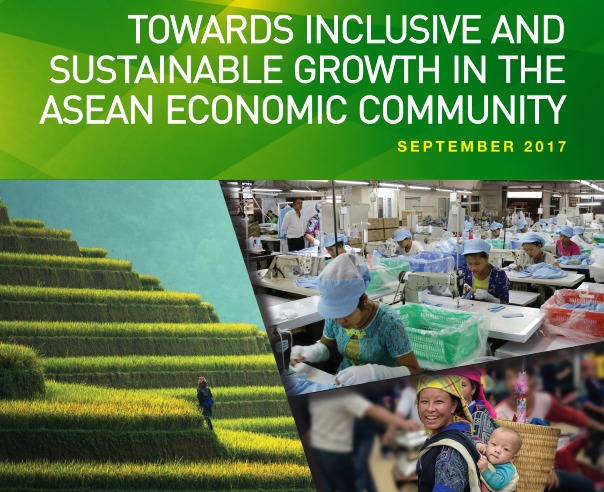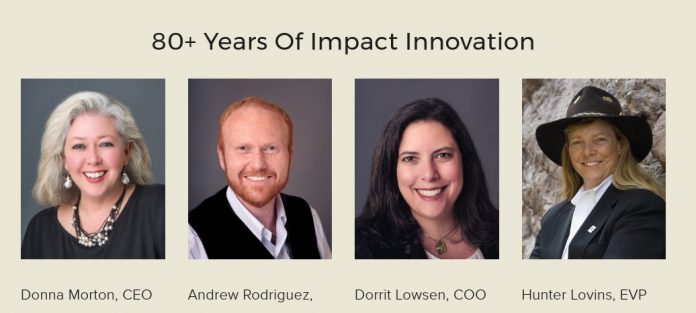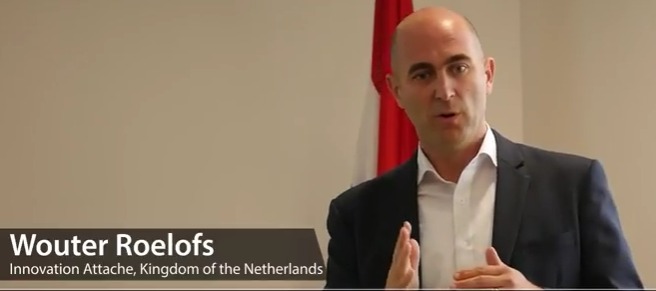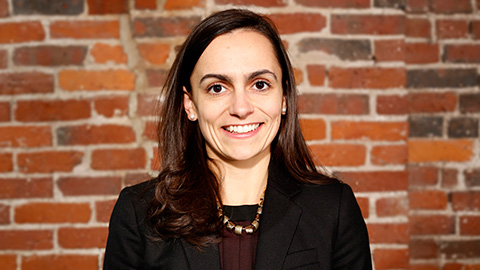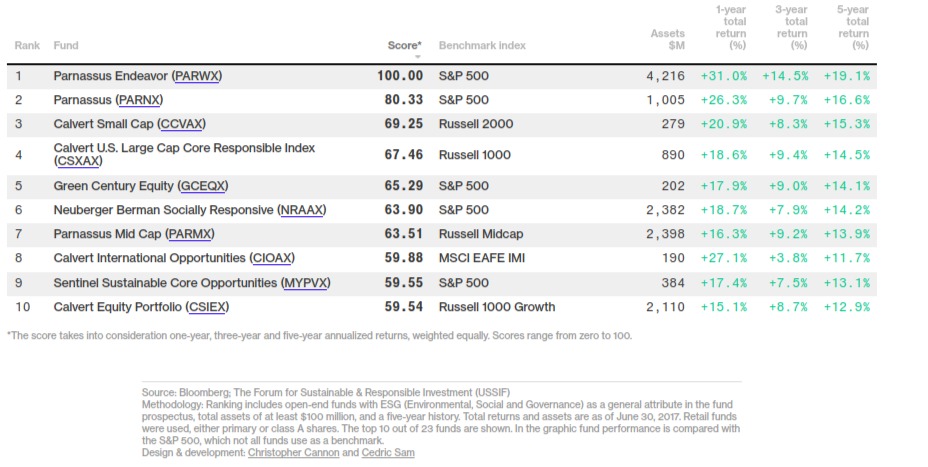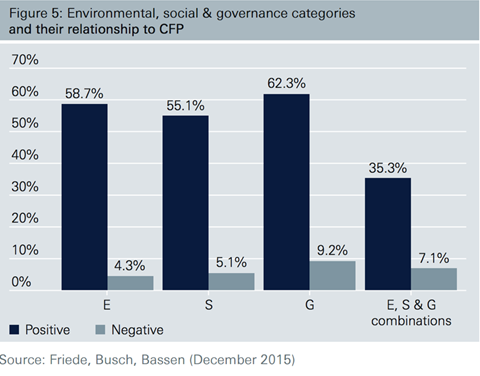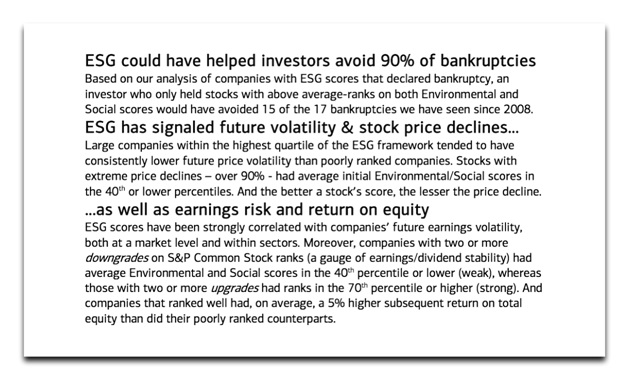A new report by Asia Venture Philanthropy Network (AVPN) finds that access to much-needed financing by micro, small medium sized social enterprises (MSMEs) in Asia remain constrained by the status quo and that more innovative funding models are needed.
HighlightsReport Highlights
Among the recommendations AVPN’s report urges include:
- Experimental and more innovative funding instruments like state-sponsored crowdfunding.
- Regulatory reform to allow newer funding channels like state-funded social investment funds.
- Incubators and accelerators that are dedicated to social enterprises.
- Subsidized training and consultations to better equip social enterprises with the right mix of business and techical skills.

Inclusion
Among other notable findings:
- Women entrepreneurs face more formidable challenges than male counterparts.
- Micro, small and medium enterprises face what the report calls the “missing middle” phenomenon, or early-growth-stage3 access to funding.

Read the full report -> AVPN MSME 2017 report

